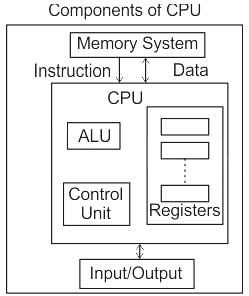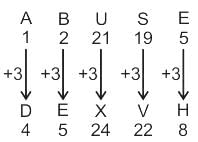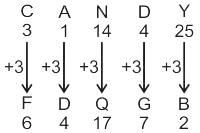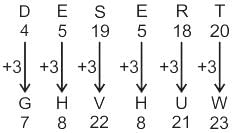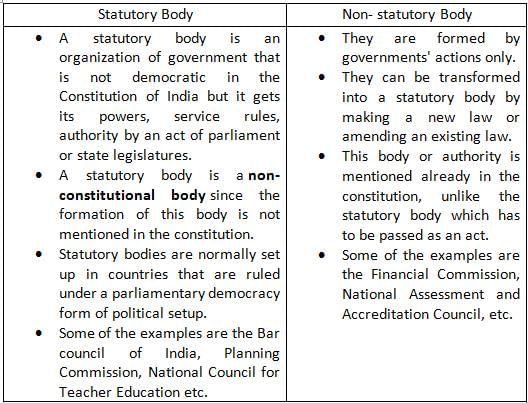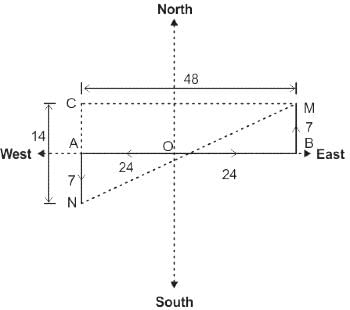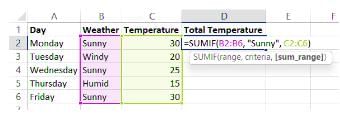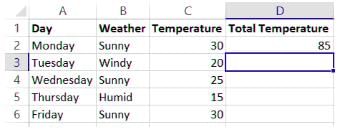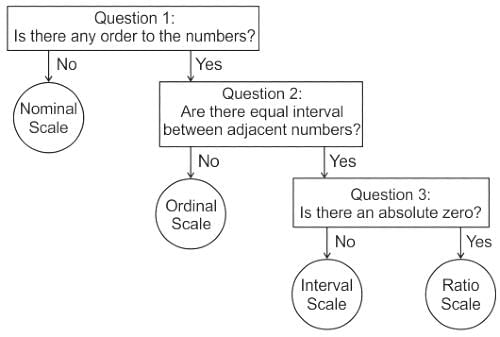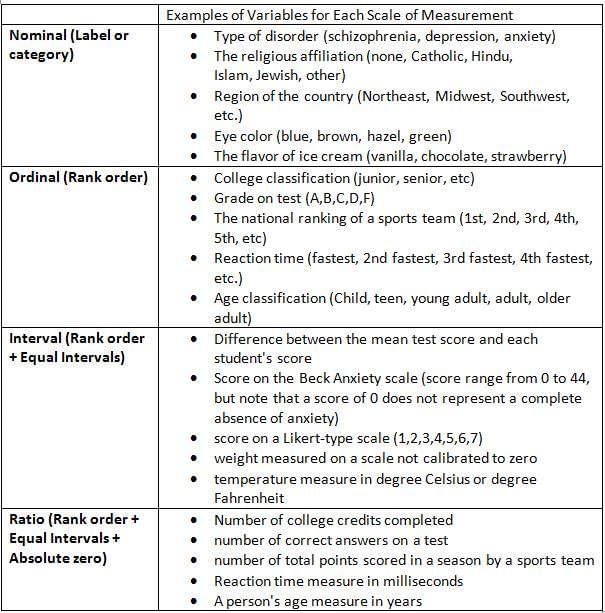UGC NET Paper 1 Mock Test - 8 - UGC NET MCQ
30 Questions MCQ Test UGC NET Mock Test Series - UGC NET Paper 1 Mock Test - 8
Rajneesh deposited Rs. 3,00,000 in a bank for three years. What will be the final amount if the rate of interest is 8% compounded annually?
Which of the following was a key feature of the educational institutions set up in ancient India under Buddhism?
Which of the following are useful tips in preparing questions for a structured interview?
(A) Introductory questions should be related to pleasantries.
(B) Introductory questions should be related to the research topic.
(C) Questions can be grouped, if the list of questions is long.
(D) General questions should precede specific questions.
(E) Repeat the personal questions again and again to test the truthfulness of the reponses of the interviewee.
Choose the correct answer from the options given below:
Which of the following are the principal components of the CPU of a computer system?
A. ALU (Arithmetic-Logic Unit)
B. CU (Control Unit)
C. Processor Registers
D. SSD (Solid-State Drive)
E. VRAM (Video RAM)
Choose the correct answer from the options given below:
The college that was exclusively meant for the education of Indian princes before independence was:
Which of the following best describes the purpose of using ANOVA in research?
In a certain code language, "ABUSE" is written as "DEXVH" and "CANDY" is written as "FDQGB". How will "DESERT" be written in that language?
A shopkeeper marks his goods at 80% more than their cost price and allows a discount of 48% on the marked price. His loss percentage is:
The development and implementation of Integrated Circuits (ICs) was a primary characteristic of which Computer Generation?
Which one of the following is a non-statutory body?
Assertion (A) : To communicate well in the classroom is a natural ability.
Reason (R) : Effective teaching in the classroom demands knowledge of the communication process.
The length of a train is 200 metres. If the speed of the train is 15 m/s, then how much time (in seconds) will it take to cross a bridge 520 metres long?
India has the largest Higher Education System in the World after :
(a) The United States of America
(b) Australia
(c) China
(d) United Kingdom (U.K.)
Select the correct answer from the code given below :
If the average cost prices of articles A, C, D and E is Rs. 350 and article C is sold at 0.8% profit, then find the ratio of the discount per cent on the marked price of article C to that of the discount per cent on marked price of article D
If the profit received on article D is 4.5%, then find the average of marked-up amount of articles B, C, D and E.
If article A is sold at 14% profit and the ratio of the marked price of article A to that of article B is 3: 7, then find the cost of article B?
M and N starts from the same point and walks 24 km each in the opposite direction to each other. M turn left and walks 7 km. N turn left and walks 7 km. How far (in km) are they from each other?
A Consider the following MS-EXCEL spreadsheet:
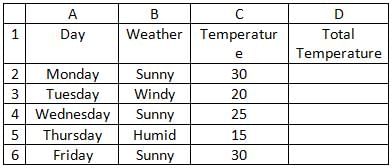
Suppose the formula - SUMIF(B2:B6, "Sunny", C2:C6) is entered into D2, what is the total temperature on sunny days?
With reference to the World Heritage Institute of Training and Research – Asia Pacific (WHITR-AP), consider the following statements.
1. It is a non-profit organization specialized in the area of heritage conservation.
2. It is an institute under the auspices of UNESCO.
3. It aims to strengthen the implementation of the World Heritage Convention 1972 in Asia and the Pacific region.
Which of the statements given above is/are correct?
What global event spotlighted the importance of mental health as per the passage?
Which of the following is the correct order of measurement scales in increasing order of accuracy, precision and number of operations used?
Which of the following is NOT correct regarding Digilocker, a key initiative under the 'Digital India' program of the Government of India?
NEP-2020 proposes to establish which of the following new bodies?
(A) SSSA
(B) PARAKH
(C) IITI
(D) NTA
(E) NITI
Choose the correct answer from the options given below:
The time in which a train 1800 m long, travelling at the speed of 30 kmph, will pass a signal pole is:
Statement I: The SWAYAM PRABHA has new content every day for at least 5 hours which would be repeated 4 more times in a day.
Statement II: The SWAYAM PRABHA has content that allows the students to choose the time of their convenience.
In the light of the above statements, choose the correct answer from the options given below:
|
92 docs|125 tests
|



